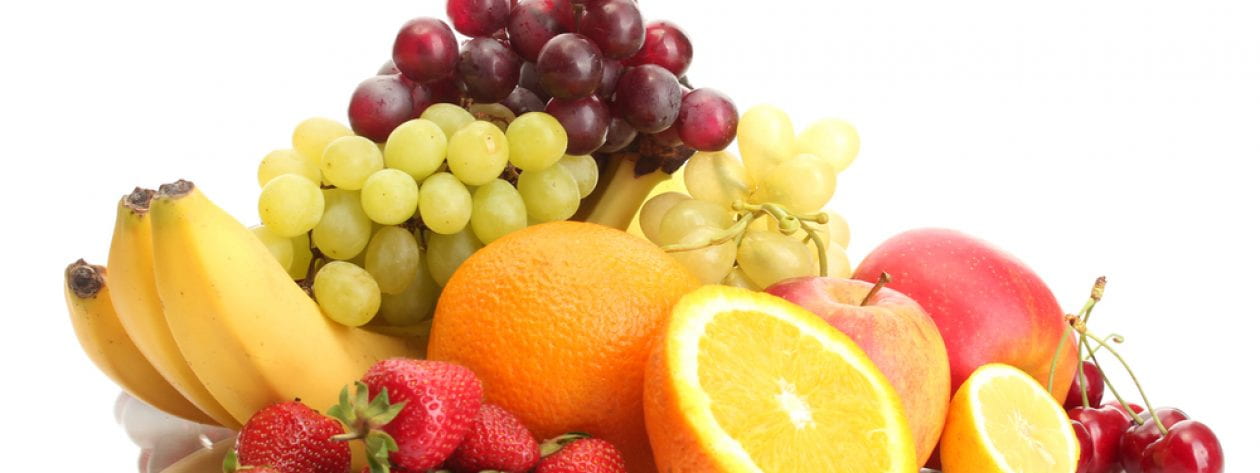Remember those commercials on TV with the catchy “ch-ch-ch-chia” jingle? You know, the ones with those clay animals that had sprouted chia seeds growing out of them? On top of providing a fun source of entertainment for many, did you know that chia seeds they are also full of amazing health benefits?

Chia (Salvia hispania) has been used has been used for over 5000 years and is a type of flowering plant which grows annually in an area ranging from western Mexico to northern Guatemala. Chia seeds were an essential component of the Mayans and Aztec diets. Carl Linnaeus, the famous botanist, and father of modern taxonomy, discovered the plant in the new world.
You can find chia seeds everywhere! The market is rapidly growing and now sales of chia seeds are projected to grow larger than 2 billion dollars in the coming years. From grocery stores to health food stores, you can find it in kombucha, and in your smoothie bowls. You might sprinkle the seeds into your smoothies or onto your yogurt as a nice nutritional supplement but what exactly are the benefits of chia seeds?

Chia seeds are a bountiful source of many nutrients. They are high in antioxidants that help to protect the delicate fats within the seeds. Almost all of the carbohydrates in chia seeds are from dietary fiber. In fact, just 2 tablespoons of chia seeds have about 10 grams of fiber! That fiber also gives them the ability to absorb 10-12 times their weight in water, giving chia seeds a gelatinous texture when soaked in liquid. Because of this factor, chia seeds can also help to slow digestion and increase feelings of fullness, which can play a positive roll in weight maintenance.
Chia seeds are also an excellent source of omega-3 fatty acids and are high in quality protein, much higher than most plant foods, which can also help reduce appetite and curb hunger cravings.
Chia seeds have also been studied for the positive role in controlling Type 2 diabetes. One particular study showed that type 2 diabetic patients who ate 37 grams (equivalent to roughly 2.5 tablespoons) per day of chia seeds saw a reduction in blood pressure and a marker of information!
Chia seeds also have some cool culinary applications. You could add 1 TBSP of chia in place of an egg in baking and it will act as a binder keeping everything together, helping retain moisture, and help whatever is being cooked rise. The seeds can also be used for their gel-like properties when mixed with water to aid in thickening sauces!
Next time you head to your local smoothie shop you opt to get chia sprinkled on your bowl or in your smoothie. Try some today!
Sources:
- https://www.hsph.harvard.edu/nutritionsource/food-features/chia-seeds/
- https://www.prevention.com/food-nutrition/healthy-eating/a19596889/health-benefits-of-chia-seeds/
- https://www.healthline.com/nutrition/11-proven-health-benefits-of-chia-seeds#section9
- https://www.ncbi.nlm.nih.gov/pubmed/28646829
- https://www.eatright.org/food/vitamins-and-supplements/nutrient-rich-foods/what-are-chia-seeds
- http://www.onegreenplanet.org/vegan-food/tips-for-using-flax-and-chia-seeds-to-replace-eggs-in-baking-and-cooking/







